Home>Garden Essentials>How Old Is The Practice Of Bringing Greenery Indoors And Decorating
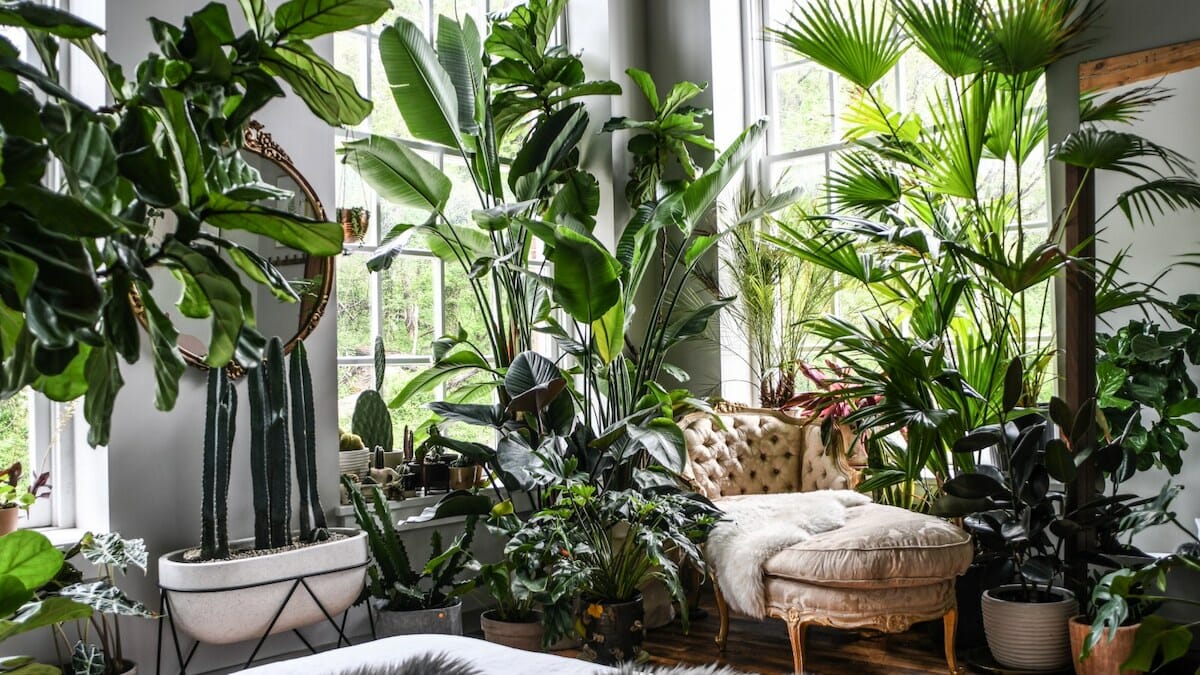

Garden Essentials
How Old Is The Practice Of Bringing Greenery Indoors And Decorating
Modified: March 7, 2024
Discover the age-old tradition of bringing the garden indoors and decorating your space with lush greenery. Explore the timeless practice and its benefits for a refreshing and vibrant home environment.
(Many of the links in this article redirect to a specific reviewed product. Your purchase of these products through affiliate links helps to generate commission for Storables.com, at no extra cost. Learn more)
Introduction
Bringing greenery indoors and decorating with plants is not just a recent trend; it is a practice that has ancient roots dating back thousands of years. From ancient civilizations to the modern era, humans have been drawn to the beauty and benefits of incorporating nature into their indoor spaces. In this article, we explore the fascinating history of bringing greenery indoors, its evolution throughout different periods, and its relevance in modern interior design.
The act of bringing plants indoors can be traced back to ancient civilizations such as the Egyptians, who adorned their temples and homes with potted plants and gardens. These plants served as symbols of life, fertility, and prosperity. Similarly, the Babylonians and Persians created hanging gardens filled with lush greenery as a way to connect with nature in their urban environments.
During the Roman Empire, indoor gardens known as “viridariums” were popular among the wealthy and elite. These gardens were designed to mimic the beauty of the natural world and were adorned with fountains, statues, and exotic plants. They were considered a luxurious retreat where one could relax and enjoy the calming effects of nature.
It was during the Renaissance period that the practice of indoor gardening truly flourished. The wealthy and noble class in Europe became avid collectors of rare and exotic plants, cultivating elaborate botanical gardens within their palaces. These indoor gardens were a way to showcase wealth, status, and knowledge of the natural world.
Fast forward to the Victorian era, and the popularity of indoor gardening reached new heights. With advancements in glasshouse technology and a growing interest in horticulture, Victorians embraced the idea of cultivating plants indoors. The middle class, in particular, took part in this trend, creating miniature greenhouses and conservatories within their homes. Plants such as ferns, palms, and orchids became highly sought after, and the Victorians developed a passion for collecting and displaying them.
In the modern era, indoor plants have become an integral part of interior design. As our cities grow denser and our living spaces become smaller, bringing greenery indoors offers a connection to nature and a way to enhance our well-being. Studies have shown that indoor plants can improve air quality, reduce stress levels, and increase productivity.
Furthermore, indoor plants have the ability to elevate the aesthetics of any space. Whether it’s a small potted plant on a windowsill or a vertical garden adorning the walls, plants add texture, color, and life to our interiors. They can serve as focal points, create visual interest, and even act as natural room dividers.
Join us as we delve deeper into the historical and decorative aspects of indoor gardening. Discover the benefits of bringing greenery indoors, explore different types of indoor plants, and learn useful tips for successfully incorporating plants into your interior design. Let’s embark on a journey through time and explore the rich and diverse world of indoor gardening!
Key Takeaways:
- Indoor gardening has a rich history dating back to ancient civilizations, offering benefits such as improved air quality, stress reduction, and a visual connection to nature.
- Incorporating indoor plants into modern interior design not only adds aesthetic appeal but also promotes well-being, productivity, and a sense of harmony within living spaces.
Read more: How To Add Greenery Indoors
Ancient Origins of Bringing Greenery Indoors
Bringing greenery indoors is a practice that can be traced back to the ancient civilizations of Egypt, Babylon, and Persia. These societies understood the intrinsic connection between humans and nature and sought to bring the outdoors inside their homes and sacred spaces.
In ancient Egypt, indoor gardening was prevalent, and plants held significant cultural and religious symbolism. Egyptians believed that plants represented life and prosperity, and they would often adorn their temples and homes with potted plants and gardens. The lotus flower, in particular, held great importance and was a common decorative element in interior spaces.
Similarly, Babylonians and Persians created magnificent hanging gardens as a way to enjoy the beauty of nature in their urban environments. These gardens were filled with an assortment of plants, including flowers, vines, and fruit trees. The hanging gardens, such as the renowned Hanging Gardens of Babylon, were considered architectural marvels and served as tranquil retreats for the ruling class.
In ancient Rome, indoor gardens known as “viridariums” were popular among the wealthy and elite. These gardens were carefully designed to mimic the natural world, complete with fountains, statues, and lush greenery. The Roman aristocracy saw these indoor gardens as a way to connect with nature and escape from the bustling city life.
During the Renaissance period, indoor gardening experienced a resurgence in popularity. Gardens within palaces and aristocratic residences displayed a wide variety of plant species. These indoor gardens were seen as a representation of wealth and status, as well as a way to demonstrate knowledge and appreciation of the natural world. The Italian noble families of the time competed in cultivating rare and exotic plants in their lavish indoor gardens.
While the practice of bringing greenery indoors continued throughout history, it wasn’t until the Victorian era that it reached new heights of popularity. The Victorian middle class had a fascination with nature and a strong desire to surround themselves with greenery. With the advancement of glasshouse technology, they could create miniature greenhouses and conservatories within their homes, allowing them to cultivate a wide variety of plants.
The Victorians became avid collectors of exotic plants, particularly ferns, palms, and orchids. They created intricate displays with their indoor plants, including terrariums, hanging baskets, and ornate plant stands. These indoor gardens served as a point of pride for homeowners and were admired by visitors.
Today, the practice of bringing greenery indoors continues to flourish. People recognize the numerous benefits of indoor plants, including improved air quality, stress reduction, and enhanced well-being. The availability of a wide variety of indoor plant species makes it possible for individuals to create their own miniature indoor gardens, no matter the size of their living space.
From the ancient civilizations to the present day, the act of bringing greenery indoors has bridged the gap between the natural world and our indoor environments. The ancient origins of this practice remind us of our deep-rooted connection to nature and the immense beauty and benefits that plants bring to our homes and lives.
Historical Uses of Indoor Plants for Decoration
Throughout history, indoor plants have been widely used for decorative purposes, adding beauty, symbolism, and a touch of nature to interior spaces. From ancient civilizations to the Victorian era, different cultures have embraced indoor gardening as a means of enhancing their living environments.
In ancient times, indoor plants held symbolic and religious significance. In Egypt, potted plants and gardens were commonly used to adorn temples and homes. Plants such as the lotus and papyrus were considered sacred and represented life and fertility. These plants were not only decorative but also served as a connection to the divine.
Babylonians and Persians also utilized indoor plants for decoration, particularly in their hanging gardens. These gardens were constructed with meticulous precision and showcased a variety of flowering plants, vines, and fruit trees. The hanging gardens were not only visually appealing but also created a serene and calming atmosphere.
In ancient Rome, indoor plants were incorporated into interior spaces known as “viridariums.” These indoor gardens displayed a wide range of plant species, including ornamental trees and shrubs, flowering plants, and aromatic herbs. Romans believed that these indoor gardens symbolized tranquility and provided a respite from the busy city life.
The use of indoor plants for decoration enjoyed a resurgence during the Renaissance period. Italian noble families cultivated elaborate indoor gardens within their palaces, showcasing their wealth and appreciation for the natural world. These gardens became a symbol of status and were adorned with exotic and rare plants collected from around the world.
During the Victorian era, indoor plants took center stage in interior design. Victorians developed a deep passion for collecting and displaying plants, transforming their homes into green oases. Ferns, palms, and orchids were particularly popular choices for indoor decoration. Elaborate plant displays, such as terrariums, ferneries, and plant-filled conservatories, became a hallmark of Victorian interiors.
One of the main reasons for this fascination with indoor plants was the Victorian obsession with nature and a desire to bring the outdoors inside. Many Victorians believed that nature had a healing and restorative effect, and indoor plants allowed them to create a sense of tranquility and connection with the natural world within their homes.
The historical uses of indoor plants for decoration demonstrate the enduring appeal of incorporating greenery into interior spaces. Beyond their decorative value, indoor plants also provide numerous benefits. They improve air quality by increasing oxygen levels and filtering out toxins, create a sense of calm and well-being, and even help reduce stress and improve productivity.
Today, indoor plants continue to be popular decorative elements in homes, offices, and public spaces. From small potted plants adorning windowsills to large, statement-making plant installations, indoor plants bring life, color, and a touch of nature to any environment. Whether you prefer traditional or contemporary design, there are countless ways to incorporate indoor plants into your decor and create a visually stunning and harmonious space.
By embracing the historical uses of indoor plants for decoration, we can appreciate the timelessness and enduring beauty of bringing greenery indoors. From ancient symbolism to Victorian romance, indoor plants have the remarkable ability to transform our living spaces and evoke a sense of peace, harmony, and connection with the natural world.
The Victorian Era and the Growth of Indoor Gardening
The Victorian era, which spanned from the mid-19th to the early 20th century, was a pivotal period for indoor gardening. During this time, there was a surge of interest in horticulture, and indoor plants became an integral part of Victorian homes and lifestyles. The Victorian middle class embraced the practice of indoor gardening, creating lush green spaces within their homes and cultivating a wide variety of plant species.
The growth of indoor gardening during the Victorian era can be attributed to several important factors. Firstly, advancements in glasshouse technology made it possible to create controlled environments that allowed plants to thrive indoors. Improved heating and ventilation systems, as well as the availability of glass in varying sizes and shapes, enabled Victorians to build miniature greenhouses and conservatories within their homes.
The development of new glasshouses allowed individuals to create ideal conditions for a variety of plants, including tropical and exotic species that were previously difficult to grow in the British climate. The middle class, in particular, took advantage of these advancements to create their own indoor gardens filled with an assortment of plants.
During this time, there was also a growing interest in botany and horticulture. The Victorians had a passion for collecting and cataloging plants, and they valued both the scientific and aesthetic aspects of gardening. Plant collecting became a popular pastime among the middle class, who sought out rare and exotic plant species from all corners of the world.
Indoor gardening in the Victorian era was not limited to simply growing and caring for plants; it also involved creating elaborate displays and arrangements. Victorians embraced the concept of “Victorian fernmania,” a craze for ferns and fern-related objects. Ferneries, specifically designed spaces to display ferns, became popular, with plant collectors showcasing their extensive fern collections in specially designed glass cases or hanging baskets.
Victorian homes were adorned with ornamental plant stands, pedestals, and garden-related decorative items. The Victorians believed in the concept of “bringing the outdoors in,” and these decorative elements helped create a seamless transition between the indoor and outdoor spaces. The use of plants as decor was not limited to living areas, but extended to dining rooms, entryways, and even bedrooms.
Aside from their aesthetic appeal, indoor plants during the Victorian era were also associated with health and well-being. The Victorians believed that being surrounded by greenery had a positive impact on both physical and mental health. They saw indoor plants as a way to improve air quality, provide a sense of calmness, and enhance general well-being.
The growth of indoor gardening during the Victorian era had a significant impact on interior design. The presence of indoor plants allowed for a heightened sense of natural beauty and softness in Victorian decorations. Intricate wallpapers, floral motifs, and nature-inspired elements all complemented the lush greenery present in homes.
The popularity of indoor gardening during the Victorian era transcended social classes. While the upper class displayed grand conservatories and extensive plant collections, the middle class incorporated indoor plants into their homes on a smaller scale, creating their own mini-gardens or greenhouses.
The Victorian love affair with indoor gardening laid the foundation for modern day interior landscaping and plant decor. The passion for plants that took hold in this era has continued to evolve and thrive, leading to the widespread inclusion of indoor plants as a standard feature in contemporary interior design.
Today, the Victorian era serves as an inspiration for incorporating indoor plants into our homes. Whether it’s a small collection of potted plants or a dedicated plant-filled room, indoor gardening allows us to reconnect with nature and bring a touch of Victorian elegance and charm into our living spaces.
Indoor Plants in Modern Interior Design
In modern interior design, indoor plants have become a staple element, adding a refreshing and natural touch to living spaces. As our lives become increasingly urbanized, the appeal of bringing greenery indoors has grown, leading to a resurgence in the use of indoor plants as a design feature.
One of the main reasons for the popularity of indoor plants in modern design is their ability to create a sense of connection with nature. As more people live in cities and spend the majority of their time indoors, incorporating plants into interior spaces allows them to experience the calming and rejuvenating effects of being surrounded by greenery.
Furthermore, indoor plants have proven environmental benefits. They improve air quality by filtering out harmful toxins and increasing oxygen levels. This not only has a positive impact on our physical health but also on our mental well-being, as cleaner air contributes to a more pleasant and comfortable living environment.
Modern interior design embraces the versatility of indoor plants, offering countless ways to incorporate them into various design styles. Whether it’s a minimalist, Scandinavian-inspired space or a bohemian, eclectic room, indoor plants add texture, color, and visual interest to any setting.
A popular trend in modern interior design is the use of large statement plants. These plants, such as fiddle-leaf figs, Swiss cheese plants, or monsteras, act as focal points in a room, creating a striking visual impact. Their oversized leaves and dramatic presence add a touch of drama and personality to the space.
Vertical gardens or green walls have also gained popularity in modern design. These installations, consisting of plants attached to vertical surfaces, add a unique and dynamic element to any room. Green walls not only provide a natural and lush backdrop but also contribute to better air quality and acoustics within a space.
For those with limited floor space, hanging plants offer a practical and stylish solution. Macrame plant hangers and hanging pots can be suspended from the ceiling or mounted on walls, adding a vertical dimension to the room and creating a sense of depth. Hanging plants, such as trailing pothos or spider plants, bring a cascading effect, softening the decor and adding an ethereal touch.
Incorporating plants into shelves and bookcases can also elevate the aesthetic appeal of a room. By interspersing potted plants among books or decorative objects, the display becomes more visually enticing and vibrant. This approach adds layers of texture and interest, transforming mundane storage spaces into captivating focal points.
Another modern interior design trend is the use of terrariums and miniature gardens. These self-contained ecosystems encapsulated in glass vessels allow for a unique and visually captivating display. Terrariums can be customized with a variety of plant species, rocks, moss, and other decorative elements, serving as mini indoor gardens that can be placed on coffee tables, desktops, or shelves.
When it comes to modern interior design, the key to successfully incorporating indoor plants is to find a balance between nature and the existing decor. Plants should complement the overall aesthetic of the space, whether it’s providing a pop of color in a monochromatic room, adding warmth to a minimalist space, or enhancing the organic feel of a bohemian-inspired interior.
Indoor plants in modern interior design are not just limited to residential spaces. They are also commonly found in offices, hotels, restaurants, and other commercial settings. Businesses have recognized the positive impact that plants have on employee well-being and customer experience, leading to the incorporation of greenery as a design element in these spaces.
As our understanding of the benefits of indoor plants continues to grow, so does their prevalence in modern interior design. The versatility, aesthetic appeal, and positive impact of indoor plants make them an essential element in creating an inviting and harmonious living or working environment in today’s urbanized world.
The practice of bringing greenery indoors and decorating dates back to ancient civilizations such as the Egyptians and Romans, who used plants for both aesthetic and practical purposes.
Benefits of Bringing Greenery Indoors
Bringing greenery indoors goes beyond mere aesthetics; it offers a multitude of benefits for our physical, mental, and emotional well-being. As we spend more time inside and become increasingly disconnected from nature, incorporating plants into our indoor spaces has become essential. Here are some of the key benefits of bringing greenery indoors:
Improved Air Quality: One of the most significant advantages of indoor plants is their ability to improve the air quality in our homes and workspaces. Plants naturally filter out airborne toxins and release oxygen, acting as natural air purifiers. They can remove pollutants such as formaldehyde, benzene, and trichloroethylene, which are commonly found in indoor environments.
Stress Reduction: Studies have shown that being in the presence of plants can reduce stress levels and promote relaxation. The color green has a calming effect on the human mind, while the rhythmic patterns of foliage mimic the soothing rhythm of nature. Indoor plants can create a tranquil and peaceful atmosphere, providing a much-needed respite from the hustle and bustle of daily life.
Increase in Productivity and Focus: Indoor plants have been found to enhance cognitive function, concentration, and productivity. Research suggests that the presence of greenery in workspaces can improve focus, creativity, and problem-solving abilities. Plants also help reduce mental fatigue, leading to improved work performance and overall well-being.
Boosted Mood and Mental Health: The presence of indoor plants has been linked to a positive impact on mental health. Greenery can elevate mood, reduce symptoms of anxiety and depression, and contribute to an overall sense of well-being. Indoor plants create a visually pleasing and serene environment, helping to create a calming sanctuary that promotes relaxation and emotional balance.
Increased Energy and Vitality: Plants emit negative ions, which can help increase energy levels and heighten our sense of vitality. Being surrounded by greenery indoors can rejuvenate and invigorate us, providing a natural boost of energy. Indoor plants can help combat feelings of lethargy and bring a renewed sense of vigor into our space.
Enhanced Focus on Well-being: Taking care of indoor plants and tending to their needs encourages a focus on self-care and well-being. The act of watering, pruning, and nurturing plants can be therapeutic and mindful, providing a sense of purpose and connection to the natural world. Indoor gardening can become a fulfilling and rewarding hobby that cultivates mindfulness and a deeper appreciation for life’s simple pleasures.
Improved Acoustics: Indoor plants can have a positive impact on the acoustics of a space. The leaves and branches of plants can absorb and diffract sound, reducing echoes and background noise. This can lead to a more comfortable and peaceful environment, especially in open-plan spaces or areas with hard surfaces.
Visual Appeal and Connection with Nature: Indoor plants add beauty and natural elegance to any interior space. The diverse range of foliage colors, textures, and forms can complement various design styles and aesthetics. The presence of plants creates a visual connection to nature, evoking feelings of serenity, harmony, and the great outdoors.
By bringing greenery indoors, we enhance our living environments and create a more balanced and harmonious space. Indoor plants offer numerous benefits, from purifying the air we breathe to improving our mental and emotional well-being. Embracing the power of plants allows us to reconnect with nature and enhance our overall quality of life.
Popular Indoor Plants and Their Decorative Uses
When it comes to choosing indoor plants for decorative purposes, there are countless options to consider. Each plant has its own unique characteristics, growth habits, and visual appeal. Here are some popular indoor plants and their decorative uses:
1. Fiddle-Leaf Fig (Ficus lyrata): Known for its large, violin-shaped leaves, the fiddle-leaf fig is a statement plant that adds drama and elegance to any space. It works well as a focal point in a room, particularly in contemporary or minimalist interiors. Its tall and upright growth habit makes it ideal for filling empty corners or adding height to a space.
2. Snake Plant (Sansevieria trifasciata): The snake plant is a hardy and low-maintenance plant with long, sword-shaped leaves that have striking patterns and colors. It works well as a natural divider, adding structure and height to a room. Snake plants are known for their air-purifying properties and are often placed in bedrooms or offices to improve air quality.
3. Pothos (Epipremnum aureum): Pothos is a popular trailing plant with heart-shaped, variegated leaves that come in various shades of green, yellow, or white. This versatile plant can be showcased in hanging baskets or placed on high shelves, allowing its cascading foliage to create a lush and vibrant display. Pothos is an excellent choice for those new to indoor gardening, as it is easy to care for and propagate.
4. Swiss Cheese Plant (Monstera deliciosa): The Swiss cheese plant is known for its large, perforated leaves that resemble slices of Swiss cheese. This tropical plant makes a bold statement and adds a touch of exoticism to any space. It works well as a statement plant in living rooms, hallways, or corners, and its large leaves can create interesting shadows and patterns when hit by sunlight.
5. Boston Fern (Nephrolepis exaltata): With its lush and feathery fronds, the Boston fern adds a touch of elegance and softness to any room. It thrives in moist and humid environments, making it ideal for bathrooms or kitchens. The Boston fern works well in hanging baskets, where its delicate foliage can cascade and create a lush green display.
6. Peace Lily (Spathiphyllum wallisii): The peace lily is a popular choice for indoor plant enthusiasts due to its striking dark green leaves and white flowers. It thrives in low-light conditions, making it suitable for areas with minimal natural light. The peace lily is often placed in living rooms or bedrooms as a decorative accent and is known for its air-purifying properties.
7. Rubber Plant (Ficus elastica): The rubber plant features large, glossy leaves that add a touch of sophistication and depth to any space. Its deep green foliage and upright growth habit make it an excellent choice for adding vertical interest to a room. The rubber plant can serve as a focal point in living rooms or hallways, or be used to create a natural screen or divider.
8. ZZ Plant (Zamioculcas zamiifolia): The ZZ plant is a resilient and low-maintenance choice for indoor decoration. Its dark green, glossy leaves add a sleek and modern touch to any space. The ZZ plant works well in contemporary interiors and is often placed on desks, side tables, or shelves as a visually appealing accent.
9. Spider Plant (Chlorophytum comosum): The spider plant has long, arching leaves with a variegated pattern that adds a fresh and lighthearted touch to any room. It is a popular choice for hanging baskets or shelves, allowing its long, cascading leaves to create a playful and vibrant display. Spider plants are also known for their air-purifying properties.
10. Aloe Vera (Aloe barbadensis): Aloe vera features succulent leaves that contain a gel-like substance known for its healing properties. It adds a touch of natural beauty to any space and works well as a decorative accent in kitchens or bathrooms. The Aloe vera plant thrives in bright and indirect sunlight, making it ideal for sunny windowsills or well-lit areas.
These are just a few examples of popular indoor plants and their decorative uses. Remember to consider factors such as lighting conditions, space availability, and personal preferences when choosing the right plants for your indoor spaces. With the wide variety of indoor plants available, you can create stunning displays that not only enhance the aesthetics of your home but also contribute to a healthier and more vibrant living environment.
Tips for Successfully Decorating with Indoor Plants
Decorating with indoor plants adds life, freshness, and a touch of nature to any space. Whether you are a seasoned plant enthusiast or just starting your indoor gardening journey, these tips will help you successfully incorporate indoor plants into your decor:
1. Consider Lighting Conditions: Different plants have different light requirements. Before selecting your plants, assess the lighting conditions in your space. Some plants thrive in bright, direct sunlight, while others prefer indirect or low-light conditions. Choose plants that are suited to the available light to ensure their health and vitality.
2. Mix Plant Sizes and Shapes: To create visual interest and balance, mix plants of various sizes, shapes, and textures. Combine tall, upright plants with trailing or spreading plants to add depth and dimension to your display. This variety will create a visually captivating and dynamic arrangement.
3. Use a Variety of Containers: Don’t limit yourself to traditional pots; consider using a variety of containers to showcase your plants. Experiment with ceramic pots, hanging baskets, glass terrariums, or even repurposed vessels like mason jars or vintage teacups. Varying the containers can add visual interest and personality to your indoor plant arrangement.
4. Group Plants Together: Grouping plants together can create a lush and cohesive display. Consider clustering plants with similar watering and lighting needs to make care and maintenance more convenient. Grouping plants also helps create a mini-ecosystem, as plants release moisture through transpiration, creating a more humid microclimate that benefits the overall plant health.
5. Pay Attention to Plant Care: Different plants have different care needs, including watering, soil requirements, and temperature preferences. Ensure you understand the specific care requirements of each plant you choose and provide them with proper care and maintenance. Regularly check on your plants, water them as needed, and trim any dead leaves or branches to keep them looking their best.
6. Experiment with Different Plant Arrangements: Get creative with how you arrange your plants. Consider using plant stands or shelves to create vertical displays, or suspend plants from the ceiling with macrame hangers to bring them to eye level. Experiment with different heights, levels, and angles to find the most visually appealing arrangement for your space.
7. Consider the Surrounding Decor: Before adding plants to a room, consider the existing decor and aesthetic. The plants should complement and enhance the overall style of the space. For example, modern interiors may benefit from sculptural plants, while bohemian spaces may embrace a mix of trailing plants and eclectic containers. Choose plants that harmonize with the existing decor to create a cohesive and balanced look.
8. Be Mindful of Scale: Take into account the size of your space when choosing indoor plants. Large plants can overwhelm small rooms, while tiny plants may go unnoticed in larger areas. Consider the scale of your furniture and the proportions of the room to ensure that your plant choices are appropriately sized to create a balanced and visually pleasing composition.
9. Rotate Plants for Balanced Growth: As plants tend to grow toward the light source, regularly rotate them to promote even growth and prevent the plants from leaning in one direction. This will ensure that the plants maintain their vitality and form a more uniform and balanced display.
10. Personalize Your Plant Collection: Ultimately, indoor gardening and decor are expressions of your personal style and taste. Select plants that bring you joy, resonate with your personality, and reflect your unique preferences. Personalize your plant collection by choosing plants that have sentimental value or selecting varieties with colors and patterns that speak to you. This will make your indoor plant display a true reflection of your personal style.
With these tips in mind, you can successfully decorate your space with indoor plants, creating a vibrant and harmonious environment that nourishes your well-being and adds a touch of nature to your daily life.
Conclusion
Bringing greenery indoors and incorporating indoor plants into our living spaces is a practice that spans across cultures and generations. From ancient civilizations to the modern era, the allure of indoor gardening remains strong, and the benefits it offers are hard to ignore.
Throughout history, indoor plants have been used for decoration, symbolism, and to create a deeper connection with nature. Ancient civilizations recognized the importance of bringing greenery indoors, while the Victorian era witnessed a surge in indoor gardening as a way to showcase status and indulge in a growing fascination with plants.
In modern interior design, indoor plants have become a staple, offering a wide range of benefits. They enhance air quality, reduce stress levels, improve productivity, and contribute to a sense of well-being. Indoor plants also add visual appeal, texture, and a touch of nature to any space, reflecting our innate desire to connect with the natural world.
Popular indoor plants, such as fiddle-leaf figs, snake plants, pothos, and peace lilies, come in various shapes, sizes, and colors, allowing for endless possibilities when it comes to incorporating them into our decor. By considering lighting conditions, mixing plant sizes and shapes, and choosing diverse containers, we can create visually captivating and harmonious indoor plant displays.
Successful decoration with indoor plants requires attention to plant care, experimentation with different arrangements, and mindful consideration of the surrounding decor. By understanding each plant’s unique needs and providing proper care, we can ensure their vitality and longevity. Thoughtful placement of plants and consideration of scale and proportion will create a balanced and aesthetically pleasing composition within our living spaces.
As we conclude our exploration of indoor gardening and its significance, one thing remains clear: incorporating indoor plants into our homes and workspaces is not simply a matter of decor, but a way to enrich our lives. They provide a deeper connection with nature, improve our well-being, and create inviting and harmonious environments.
So, whether you are starting your indoor gardening journey or already have a collection of plants, remember to nurture and care for them, allowing them to flourish and bring the benefits of nature into your everyday life.
Let us embrace the beauty and wonder of indoor plants, nurturing our own miniature green oases and celebrating the timeless practice of bringing greenery indoors.
Frequently Asked Questions about How Old Is The Practice Of Bringing Greenery Indoors And Decorating
Was this page helpful?
At Storables.com, we guarantee accurate and reliable information. Our content, validated by Expert Board Contributors, is crafted following stringent Editorial Policies. We're committed to providing you with well-researched, expert-backed insights for all your informational needs.
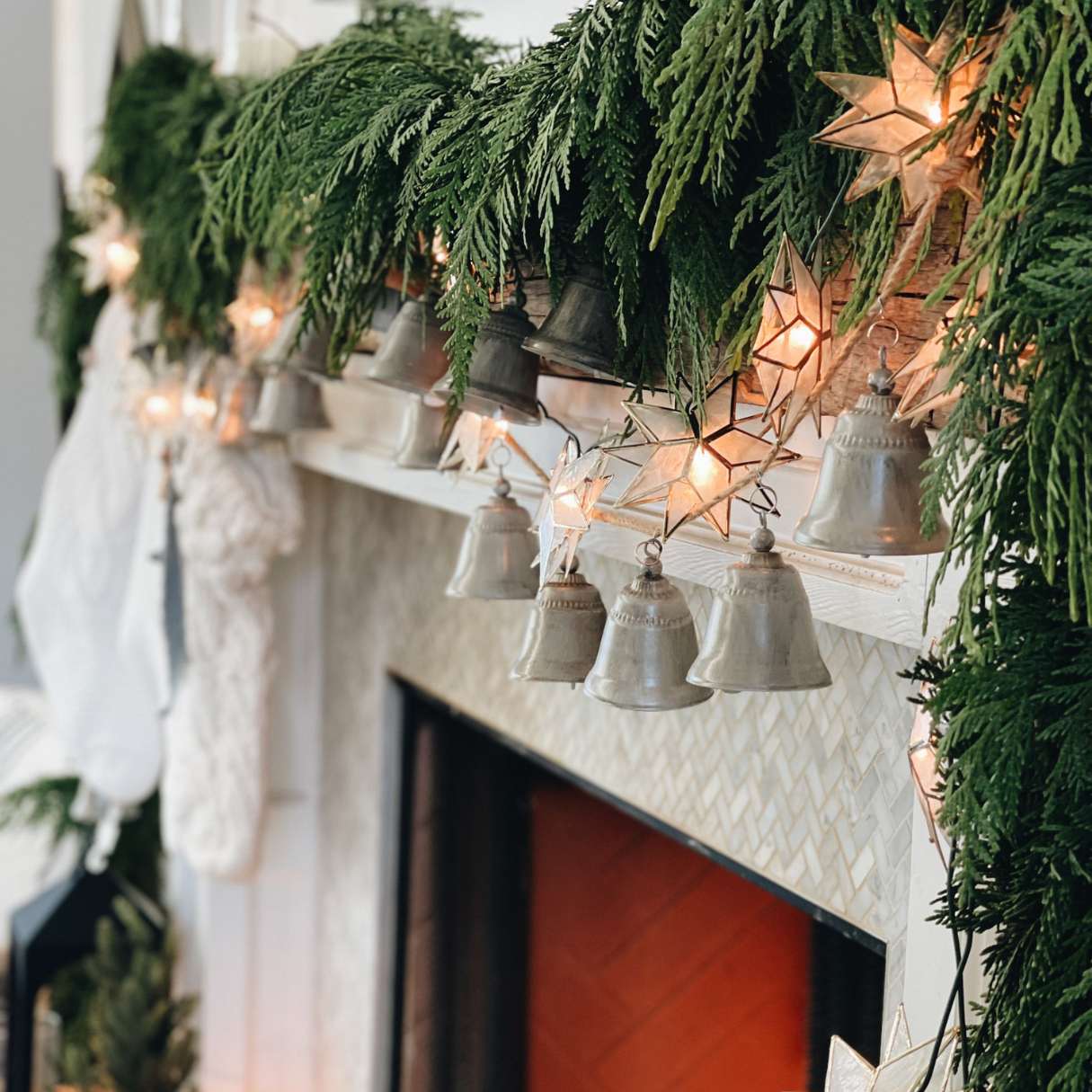
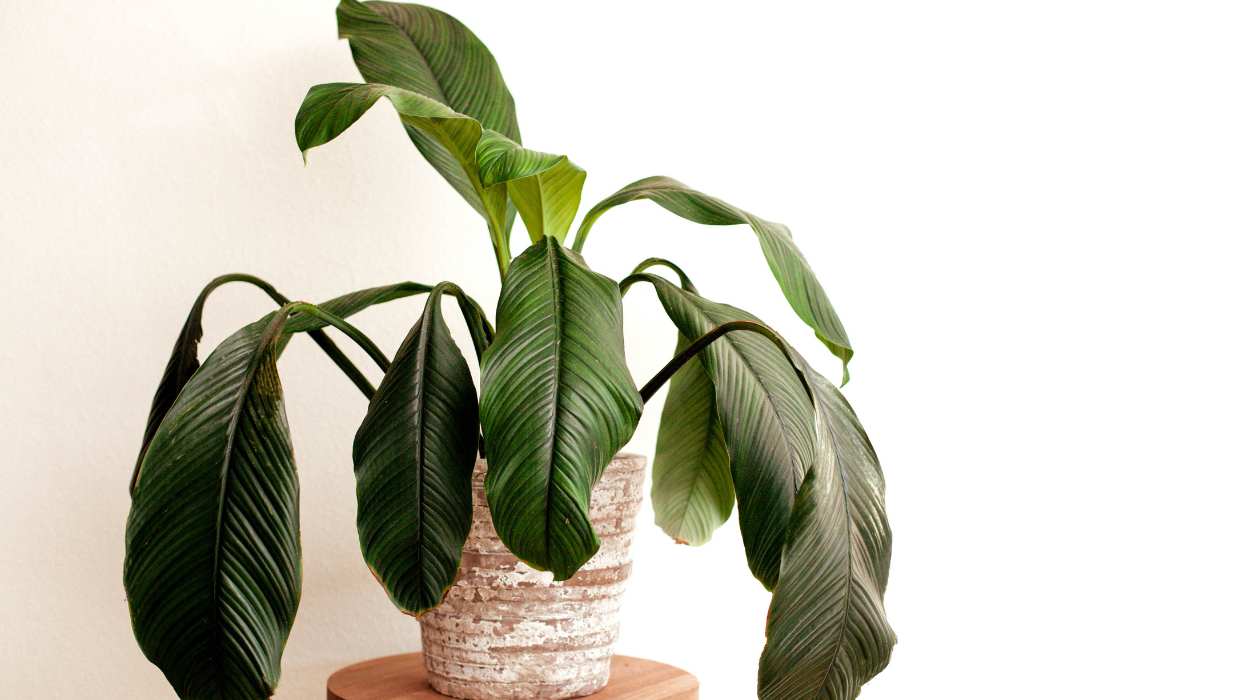
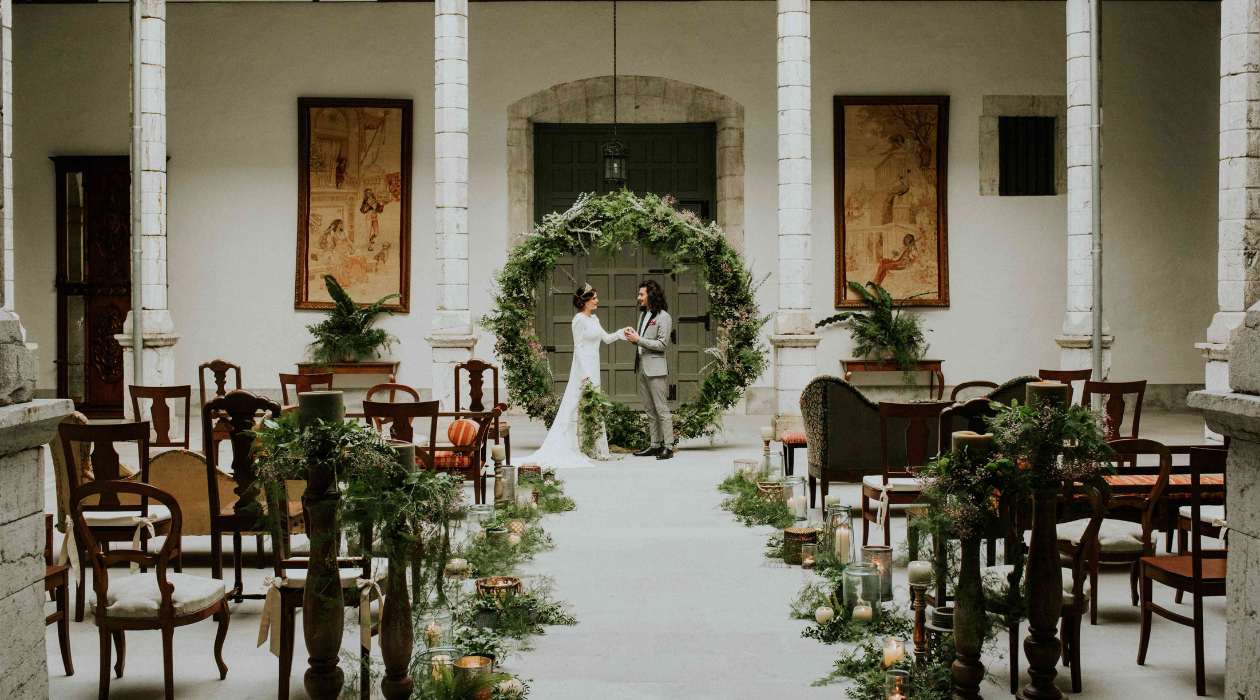

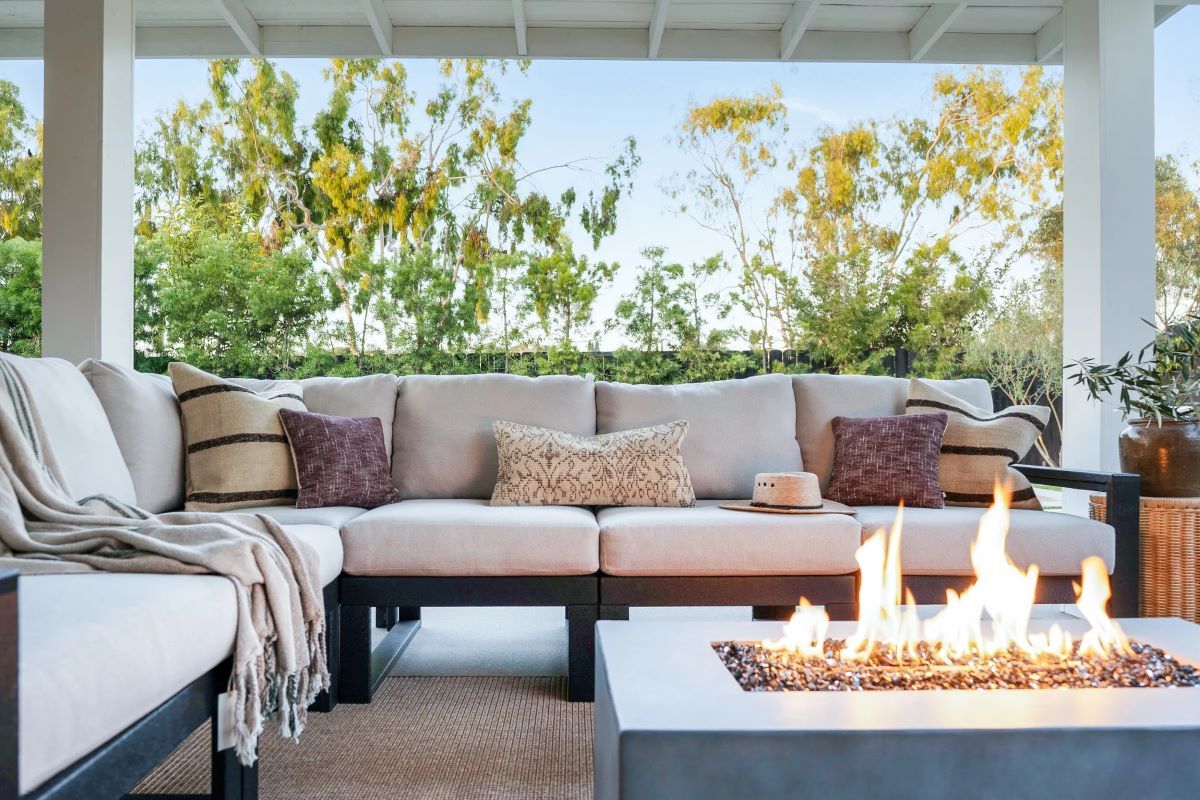
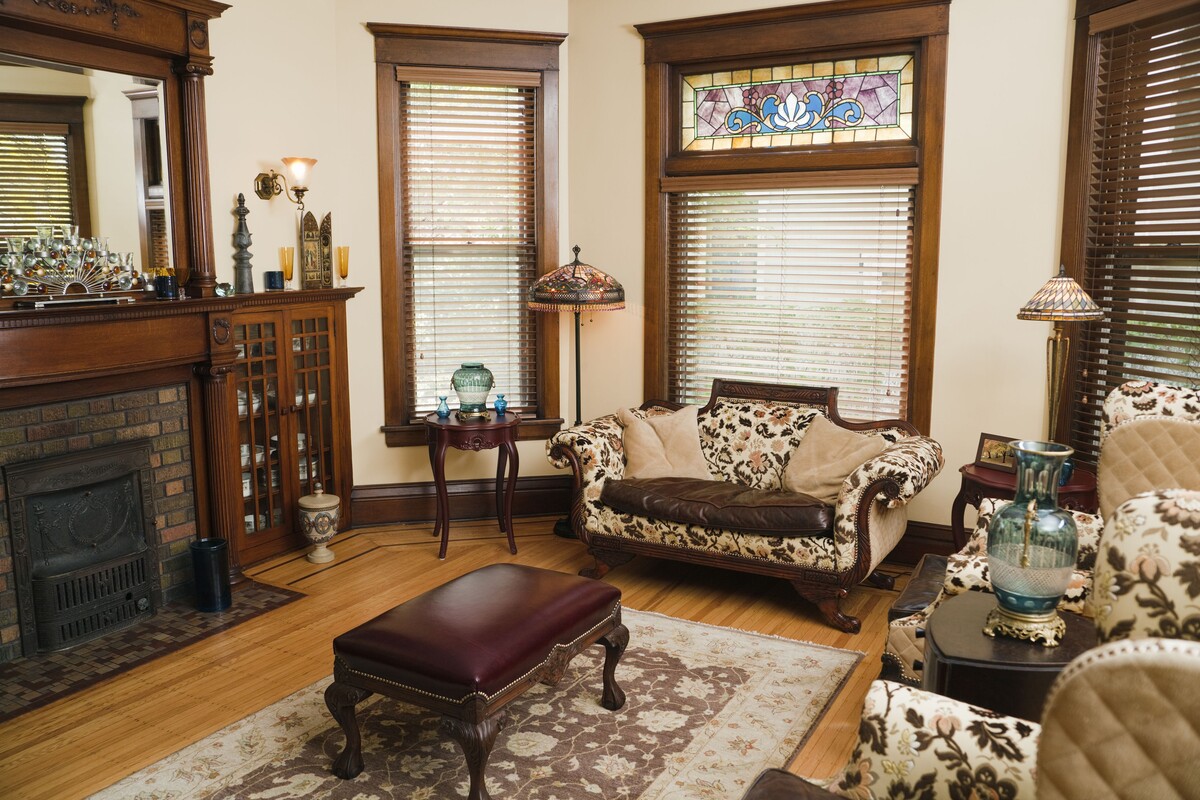
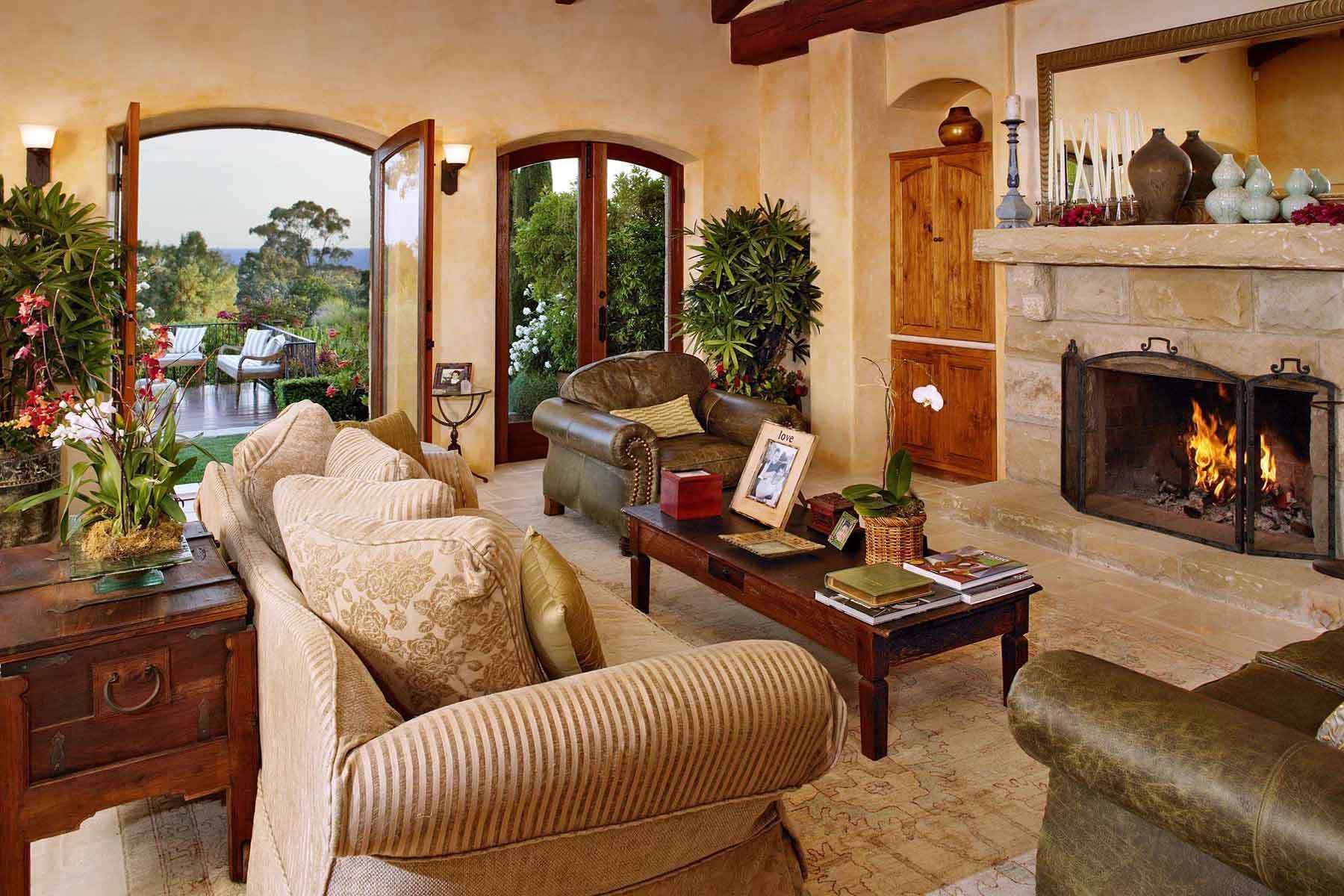
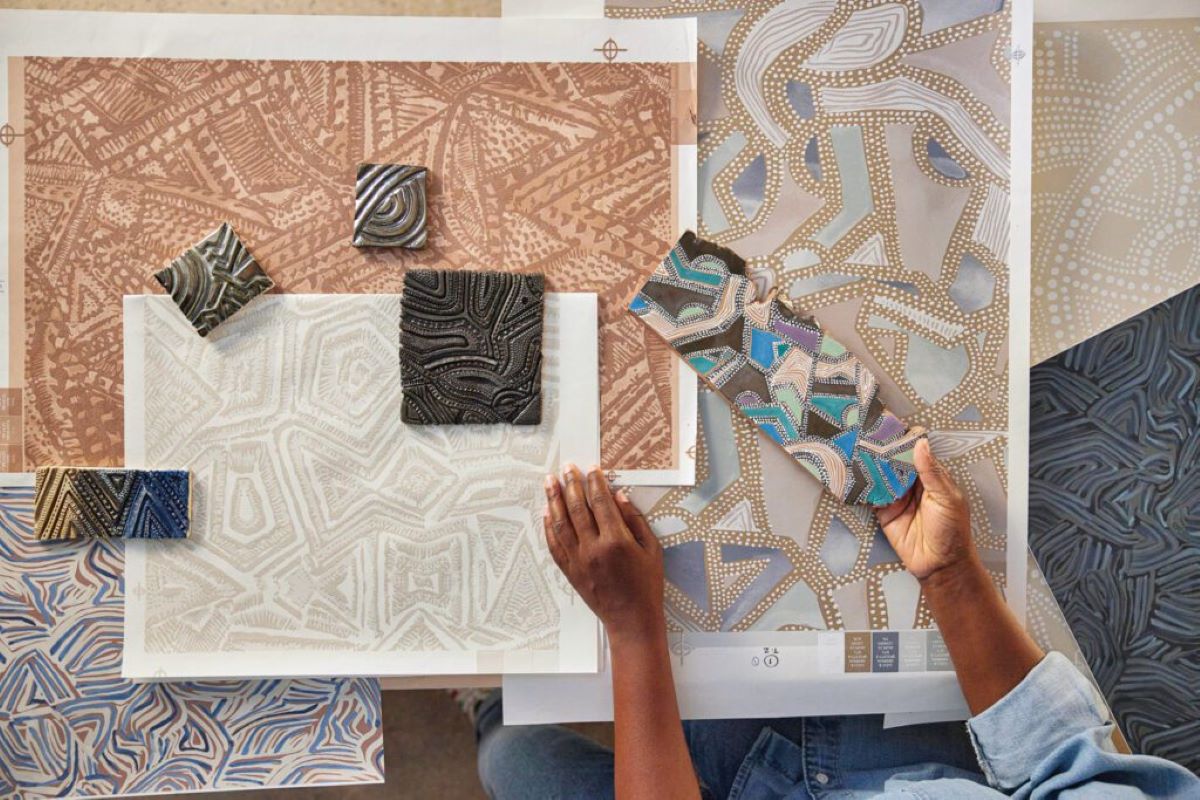

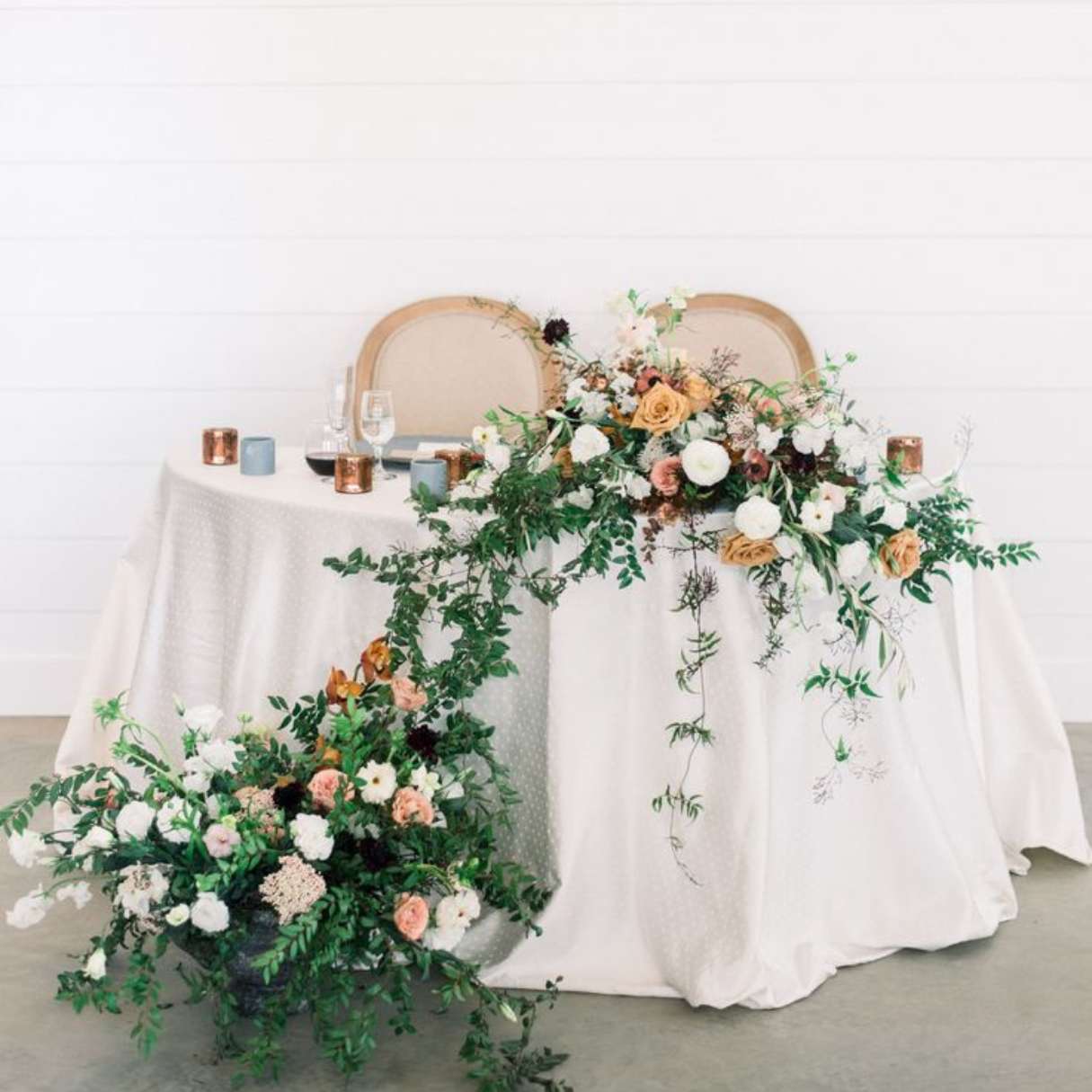
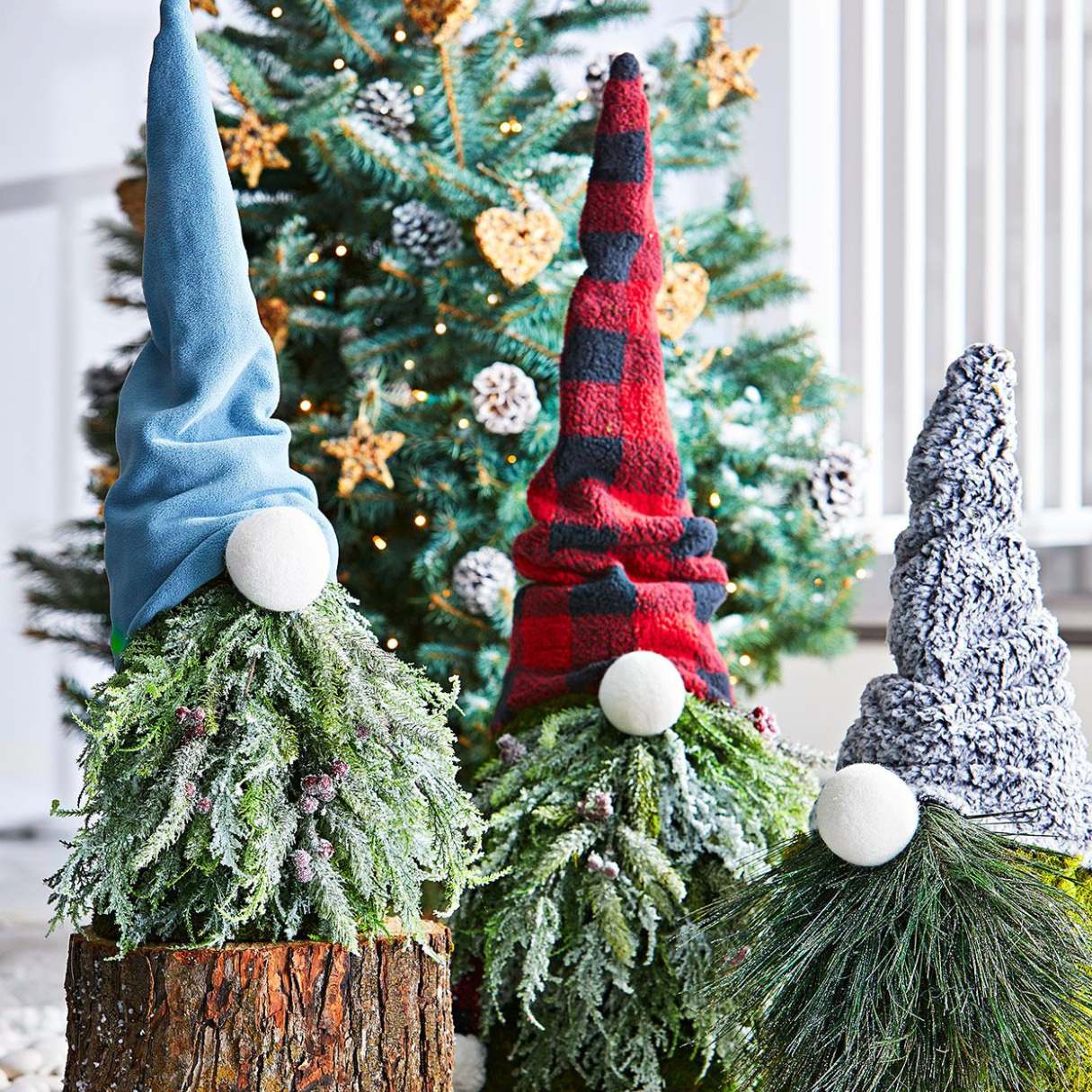
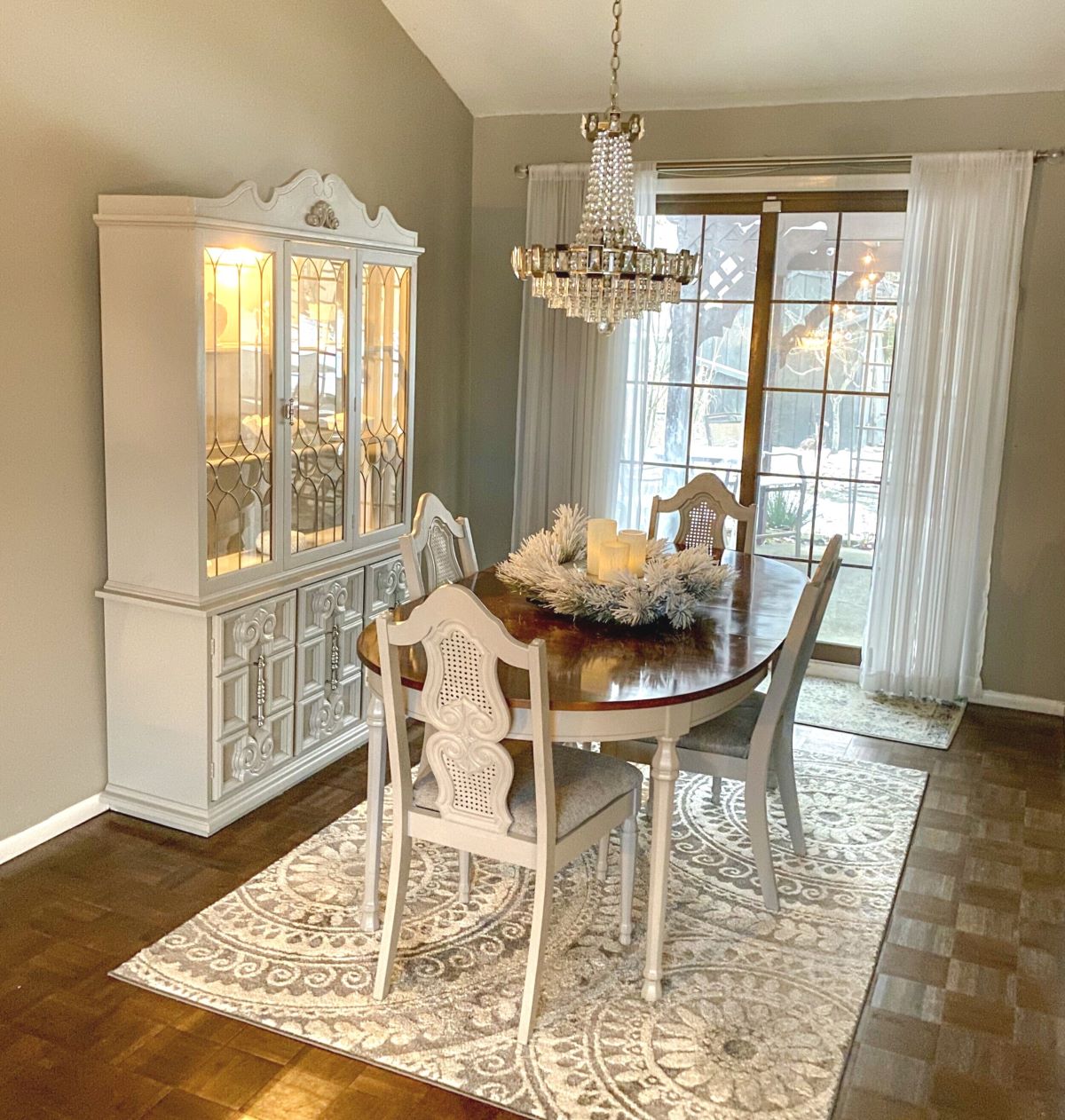
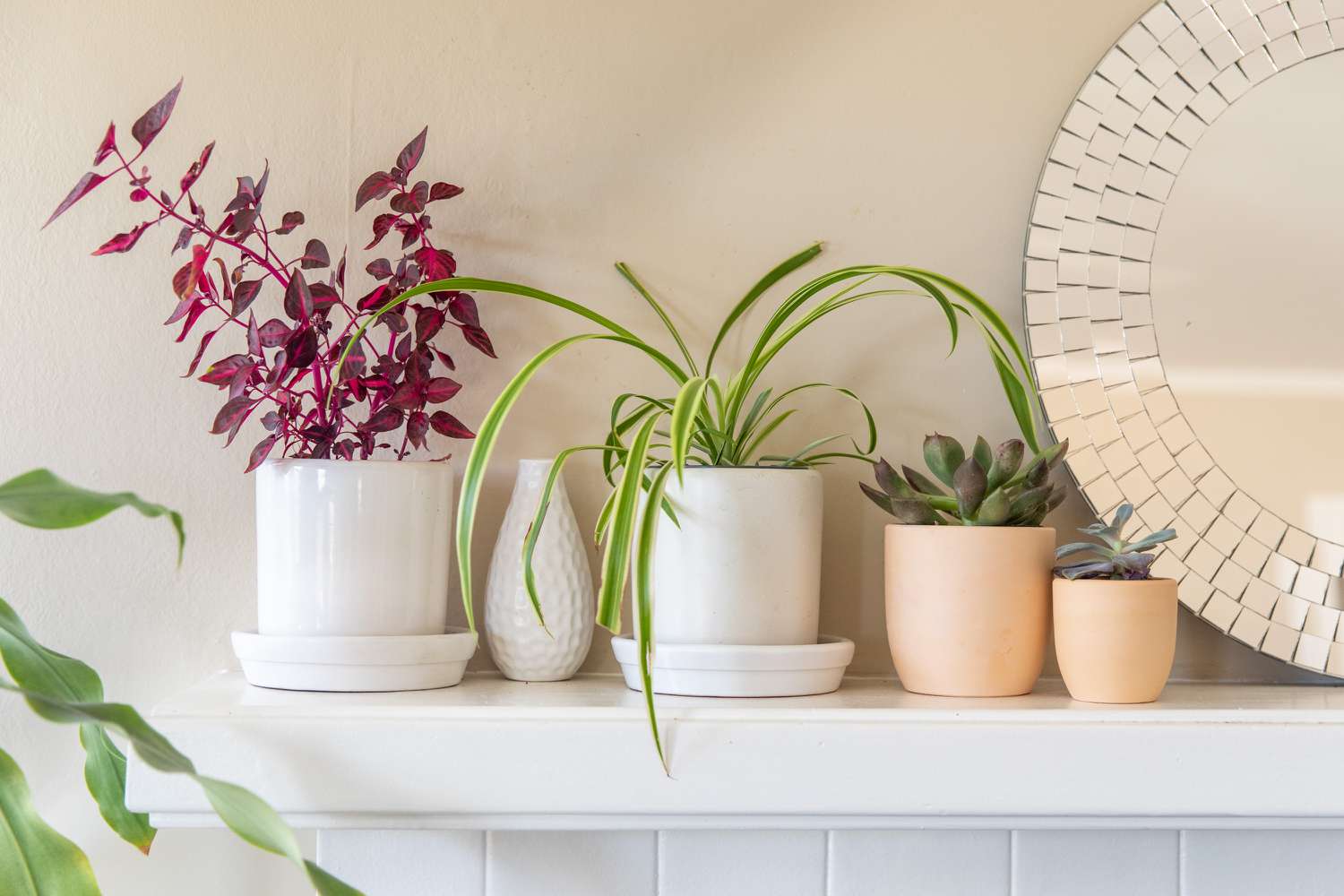
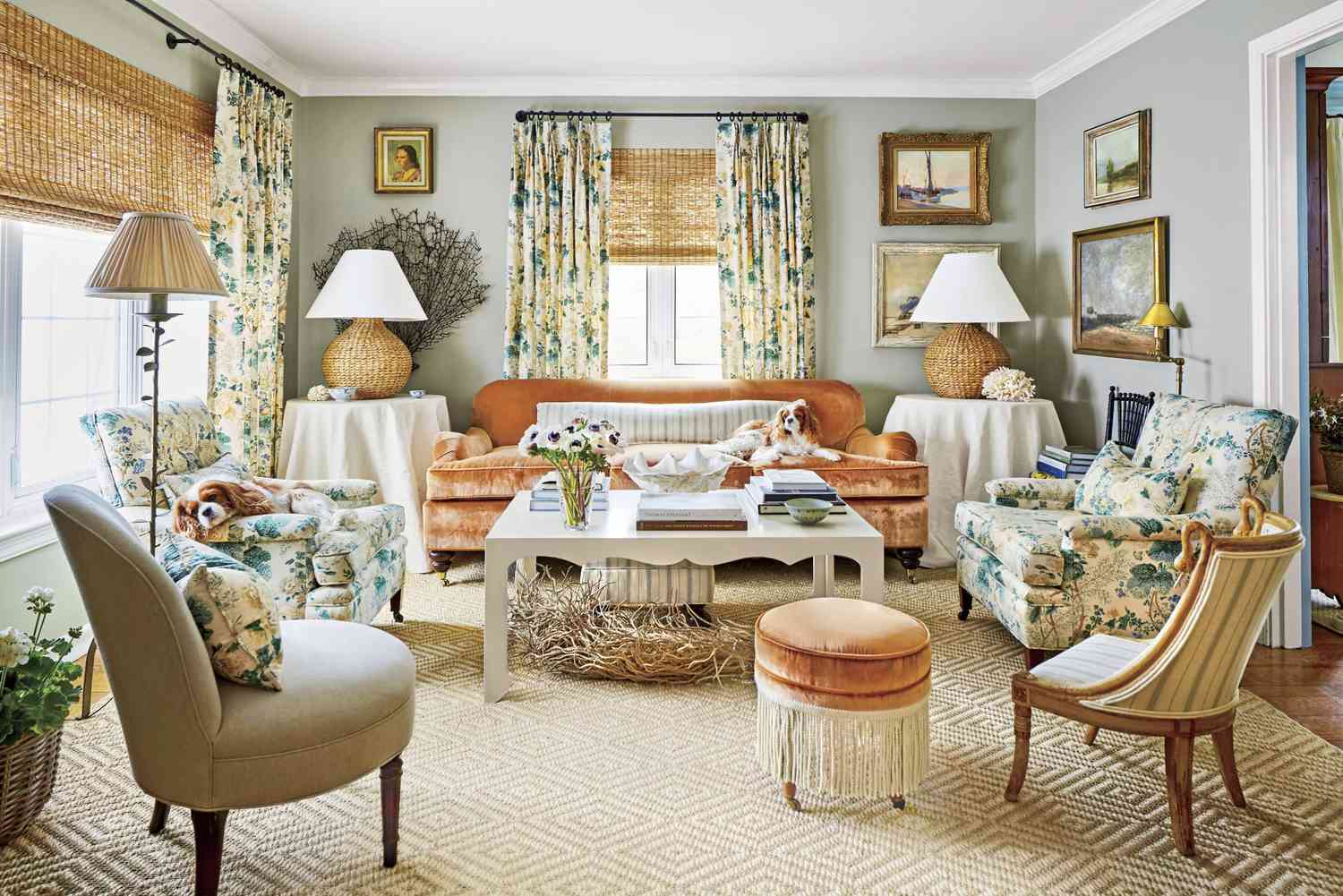

0 thoughts on “How Old Is The Practice Of Bringing Greenery Indoors And Decorating”